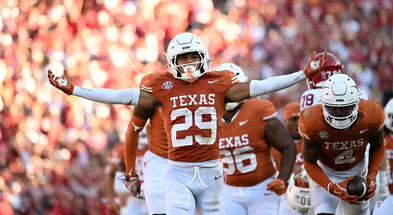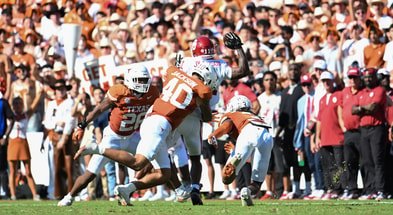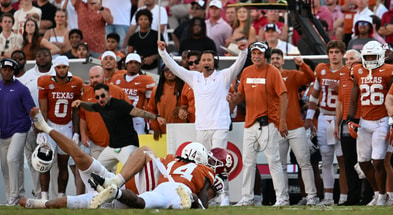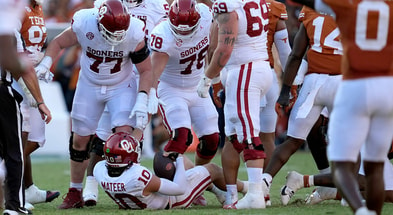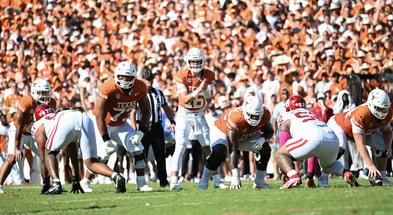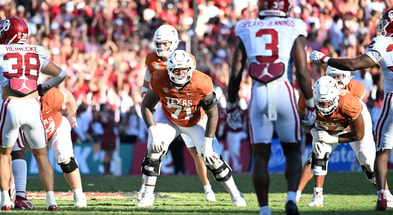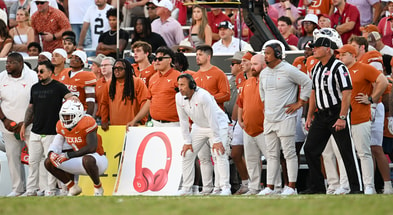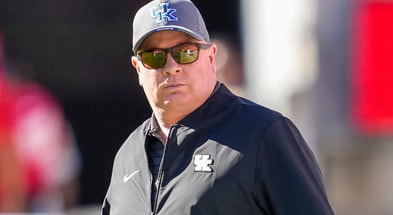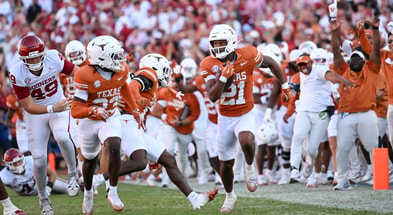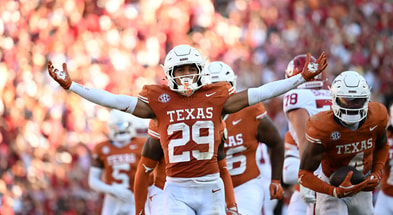Gap Runs 101: The Sheer Force of the Power Run Scheme

The power run is a downhill, gap-based rushing play designed to create a clear lane for the running back by using a lead blocker and pulling an offensive lineman—usually the backside guard—to overwhelm a specific gap in the defense. But there’s more to it than that. Learn about gap schemes with Inside Texas
[Sign up for Inside Texas TODAY and get the BEST Longhorns scoop!]
David McClellan is a fiduciary financial advisor and partner with Forum Financial. He works broadly and deeply with his clients as a financial life coach. He specializes in financial planning and has contributed numerous articles to Kiplinger on the topic of retirement tax bombs. For a free intro consult, contact him at [email protected] or 312-933-8823.
The video introduces power gap running schemes as a direct, physical type of run aimed at exploiting specific gaps in the defensive line. It typically uses a pulling guard and a lead blocker to overpower the defense at the point of attack.
Variants include A-gap power, D-gap power, and Power O, each targeting different positions on the field. The concept remains the same: create dominance at a chosen point using physicality and timing.
Offensive linemen, especially guards, must be strong and mobile, capable of identifying and reaching the right target on the move. Tight ends must be physically dominant, often having to face defensive linemen head-on.
Many modern spread offenses lack tight ends or fullbacks suited for power schemes. Teams prefer counter plays, which are similar but easier for tight ends to execute. Texas used more power plays during Andrew Beck’s tenure.
Ideal backs are not only physically robust but also capable of cutbacks and outside threats, adding home-run potential to the otherwise straightforward play.
Top 10
- 1New
Hugh Freeze job security
Auburn AD speaks out
- 2Hot
Kirk Herbstreit Top 5
New No. 1 team emerges
- 3
Lane Kiffin troll
Ole Miss coach takes jab at Kirby Smart
- 4Trending
Basketball AP Poll
Preseason Top 25 released
- 5
Garrett Nussmeier injury
Brian Kelly dishes latest
Get the Daily On3 Newsletter in your inbox every morning
By clicking "Subscribe to Newsletter", I agree to On3's Privacy Notice, Terms, and use of my personal information described therein.
A visual diagram using Microsoft Paint illustrates the typical power run setup. Texas’ implementation, including specific player movements and blocking assignments, is broken down. Gunnar Helm, Cole Hutson, and Tre Wisner are spotlighted for their roles in executing the play.
A successful play against Mississippi State showcases a real-world application of the scheme, demonstrating how the guard pulls, the tight end blocks, and the running back exploits the defensive shift to gain yards.
The video closes with a discussion about the future of power schemes in the Arch Manning era, speculating that other gap schemes may be more prevalent due to personnel limitations at the tight end and fullback positions.
Join Inside Texas for Market-Leading Texas Longhorns Football coverage!
InsideTexas.com provides just what passionate Texas fans expect: Market-leading coverage of Longhorns athletics and recruiting.
Join the best Texas fan community and receive all the benefits that come with it:
- Elite team and recruiting coverage of the program you love
- Immediate access to any Longhorns break news
- Exclusive insider practice reports and year-round team info as well as board Q&A’s with IT staff
- High level discourse with the most passionate and informed Longhorns fans across multiple board forums.
- Market leading team analysis for those who are looking to increase their understanding of Steve Sarkisian and Pete Kwiatkowski’s preferred concepts
- So much more!
SIGN UP and ensure no Longhorns information gets by you: Join Inside Texas community today!
Talk about this story and many more with fellow Longhorn diehards on the Members Only forum.


